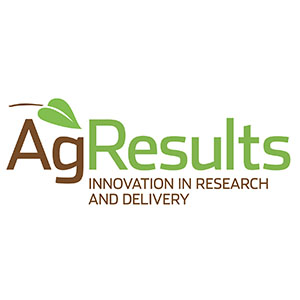Reflections on Impactful Design: Introducing the AgResults Pay-for-Results Prize Competition Toolkit

How do we best structure an advance market commitment for agriculture? How do we incentivize the private sector to solve problems faced by the majority of the poorest people on Earth: smallholder farmers?
The $152 million AgResults initiative — with the support of British, Australian, Canadian, and American aid agencies as well as the Gates Foundation and facilitated by the World Bank — is unique. It manages to be both a complex multidonor fund that facilitates multilateral coordination and learning and a very flexible initiative that can turn on a dime. Our secretariat, run to date by Deloitte, has collected the feedback and facilitated the frank conversations necessary to do this.
In 2016, AgResults launched one of the largest-ever humanitarian prizes, the $30 million Brucellosis vaccine prize. Four years later, we had more than a dozen competitors striving to design a novel best-in-class vaccine, but we are no more certain if the prize will be claimed by its ten-year finish line. AgResults has had two clearly failed projects, focused on legume seeds in Uganda and biofortified maize in Zambia, and two that have clearly jump-started products critical to smallholders, Aflasafe in Nigeria and on-farm storage in Kenya. In addition to the Brucellosis vaccine prize, there are five ongoing pay-for-results efforts: reducing greenhouse gas emissions in Vietnam, improving dairy production in Tanzania, making aquaculture in Indonesia more efficient, enhancing collective crop storage in Senegal and distributing an improved Foot and Mouth Disease vaccine across East Africa.
From the start, our purpose was to set up AgResults as a learning initiative and the compilation of a toolkit was part of that intention. One of the reasons pay-for-results mechanisms are not more widely used is that they are admittedly hard to design. And getting the design right is crucial as it is hard to equitably shift competition rules after they are announced.
We humbly recognize that how-to documents in the development space can feel dense, so we have tried to make these pages engaging. But if you are considering designing a pay-for-performance mechanism, prize, proportional prize or advance market commitment (AMC) in the development space and would like to review anything covered here, we’d love to touch base with you.
Best of luck in your efforts!
Related Resources
Impactful Design - AgResults Pay-for-Results Prize Competition Toolkit.pdf

